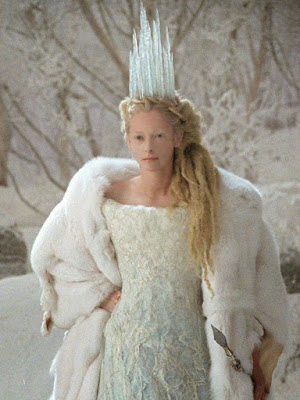Copyright 2020 by Gary L. Pullman
Chillers
and Thrillers has devoted space to several articles on Tzvetan
Todorov's insightful analysis of the literary fantastic. At this
point, despite the oversimplification that results, we can say, for
Todorov, the fantastic usually resolves itself into the explained and
the unexplained. The former he calls “uncanny”; the latter,
“marvelous.” Only when there is no resolution, one way or
another, does the fantastic remain fantastic.
Here
are a few examples:
Uncanny
stories: “The Damned Thing” by Ambrose Bierce; “The Red Room”
by H. G. Wells; The Taking by
Dean Koontz; Strange Case of Dr. Jekyll and Mr. Hyde
by Robert Louis Stevenson; The Island of Dr. Moreau
by H. G. Wells
Marvelous
stories: “The Monkey's Paw” by W. W. Jacobs; “1408” by
Stephen King; The Exorcist by
William Peter Blatty; “The Masque of the Red Death” by Edgar
Allan Poe; The Picture of Dorian Gray
by Oscar Wilde; “Dracula's Guest” by Bram Stoker.
Fantastic
stories: The Turn of the Screw by
Henry James, “The Signal-man” by Charles Dickens, The
Possession of Emily Rose (Scott
Derrickson, director)
To
write such a story, an author must allow either of two understandings
of the action: reason or science can explain the phenomena, bizarre
though they may, as natural events or the strange phenomena are
beyond explanation and, as such, may actually be of an otherworldly
or supernatural origin. The tension between these two alternatives
creates and maintains suspense. It is only when the story shows that
the action is natural (explicable by reason or science) or
supernatural (inexplicable by reason or science) that the story
itself is no longer fantastic, but either uncanny or marvelous,
respectively.
It
helps, therefore, to know how scientists explain seemingly fantastic
phenomena, such as (for example) ghosts, vampires, werewolves, and
zombies.
Scientists
offer six possible explanations
for ghosts: low-frequency sound, mold, carbon monoxide,
suggestion, drafts, and the enjoyment of fear.
Although
people have trouble hearing low-frequency sound, it registers on some
level, causing them to feel “uneasy”; some interpret this
emotional queasiness as resulting from the presence of unseen ghosts.
Breathing
mold is unhealthy for many reasons, not the least of which is that it
can cause neurological symptoms like delirium [and] dementia” as
well as “irrational fears”—just like ghosts!
Similarly,
breathing carbon monoxide can cause not only hallucinations, chest
pressure, “an unexplained feeling of dread.” Oh, yes: it can also
kill.
Some
folks are susceptible to suggestions by others, including suggestions
that ordinary events have ghostly explanations.
The
exchange of cold for warm hair that's caused by drafts resulting from
the opening of doors or windows can create “cold spots” in a
room, which, for some reason (or no reason) some people attribute to
the presence of ghosts.
Some
people like being scared. Like Fox Mulder of The X-Files,
they may want, therefore, to believe. Unlike Mulder, they may give in
to their desire and believe in ghosts simply because they want to
believe in ghosts.
Knowing
possible scientific explanations for ghosts allows writers to have a
skeptical character explain them to another who's a rue believer.
Whether the ghost is thus explained (uncanny) or proves inexplicable
(marvelous) is up to the writer, of course. In rare cases, the ghost
may even remain fantastic, defying categorization as either a natural
or an unnatural phenomenon.
Knowing
scientific explanations for ghosts can also help a writer to
establish the story's setting. If the ghost is due to low-frequency
sound effects, there has to be a device that emits such sounds; if
mold or carbon monoxide is the culprit, there has to be a source for
mold or carbon dioxide; a drafty place, such as a castle, perhaps,
has to be part of the setting if there are to be drafts.
A
knowledge of scientific explanations for ghosts can also help a
writer to establish the story's characters. If it's “the power of
suggestion” that causes a haunting, a character must be susceptible
to such suggestion; he or she probably doesn't know much about
science, is apt to be gullible, and is likely to be a follower,
rather than a leader.
What
kind of character wants to be scared badly enough to believe without
any foundation but his or her own delight in fright? I picture a
character who lives an uneventful life or who wants more glamour and
attention than he or she usually receives. Often, if a person (or a
fictional character) is involved in bizarre, seemingly inexplicable
events, he or she will become either famous or notorious. Either way,
such a character will not want for attention or excitement.
In
our next post, we'll take a peek at what science says about vampires.




















